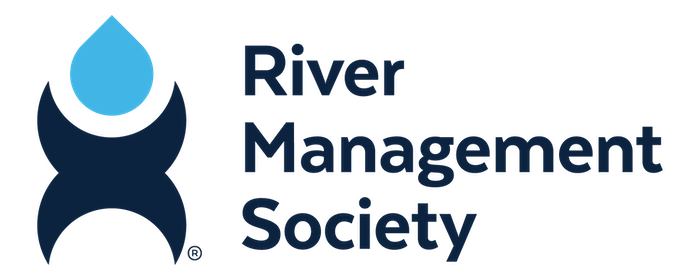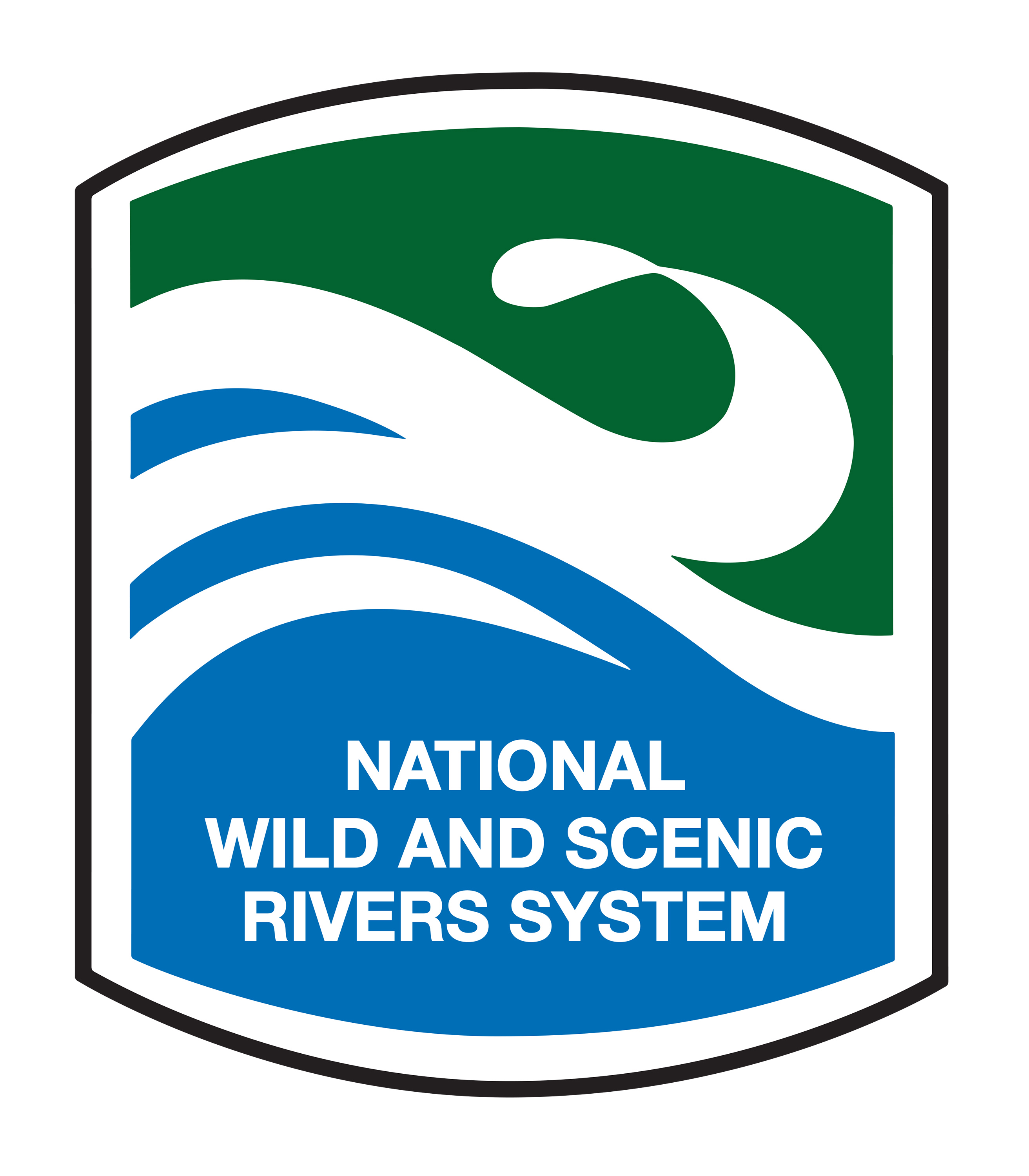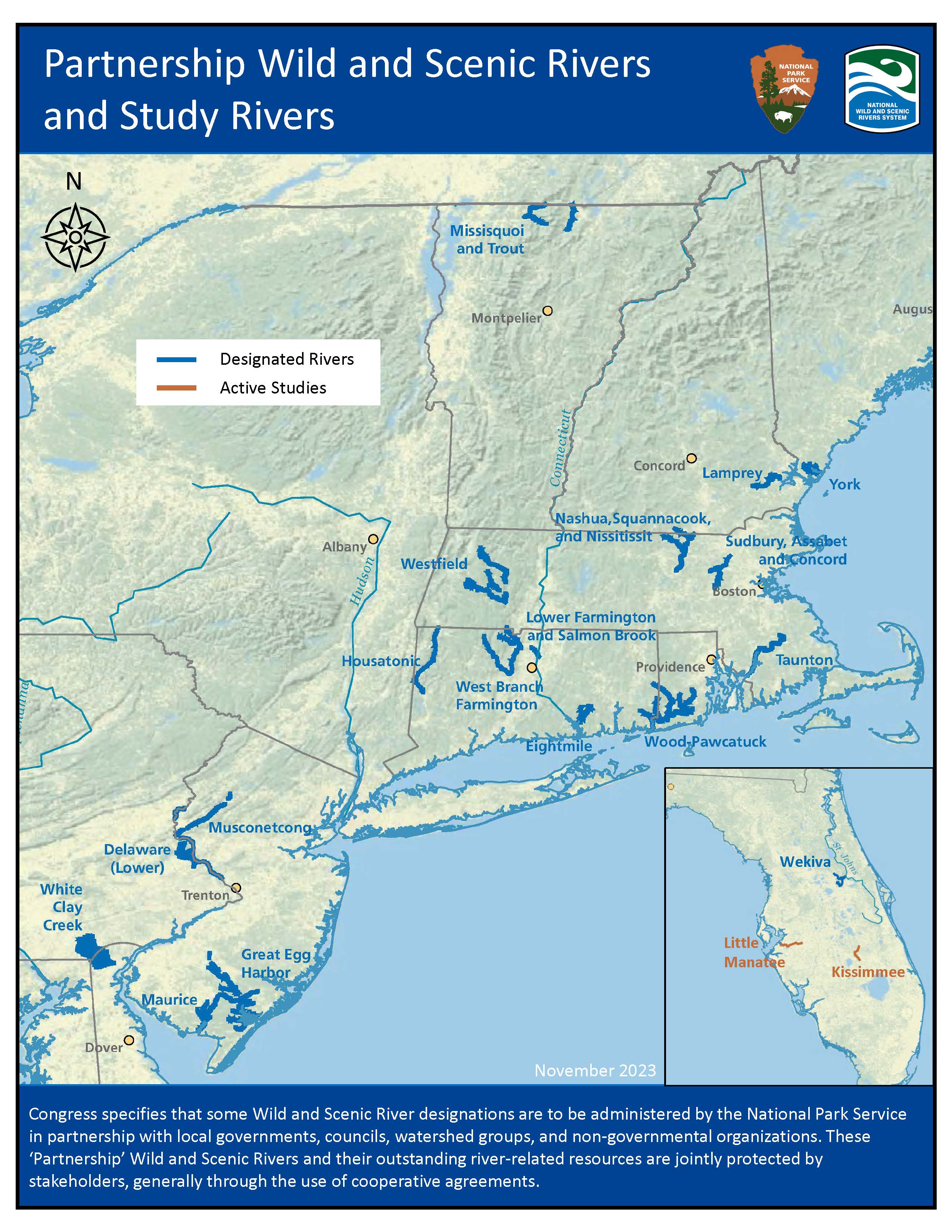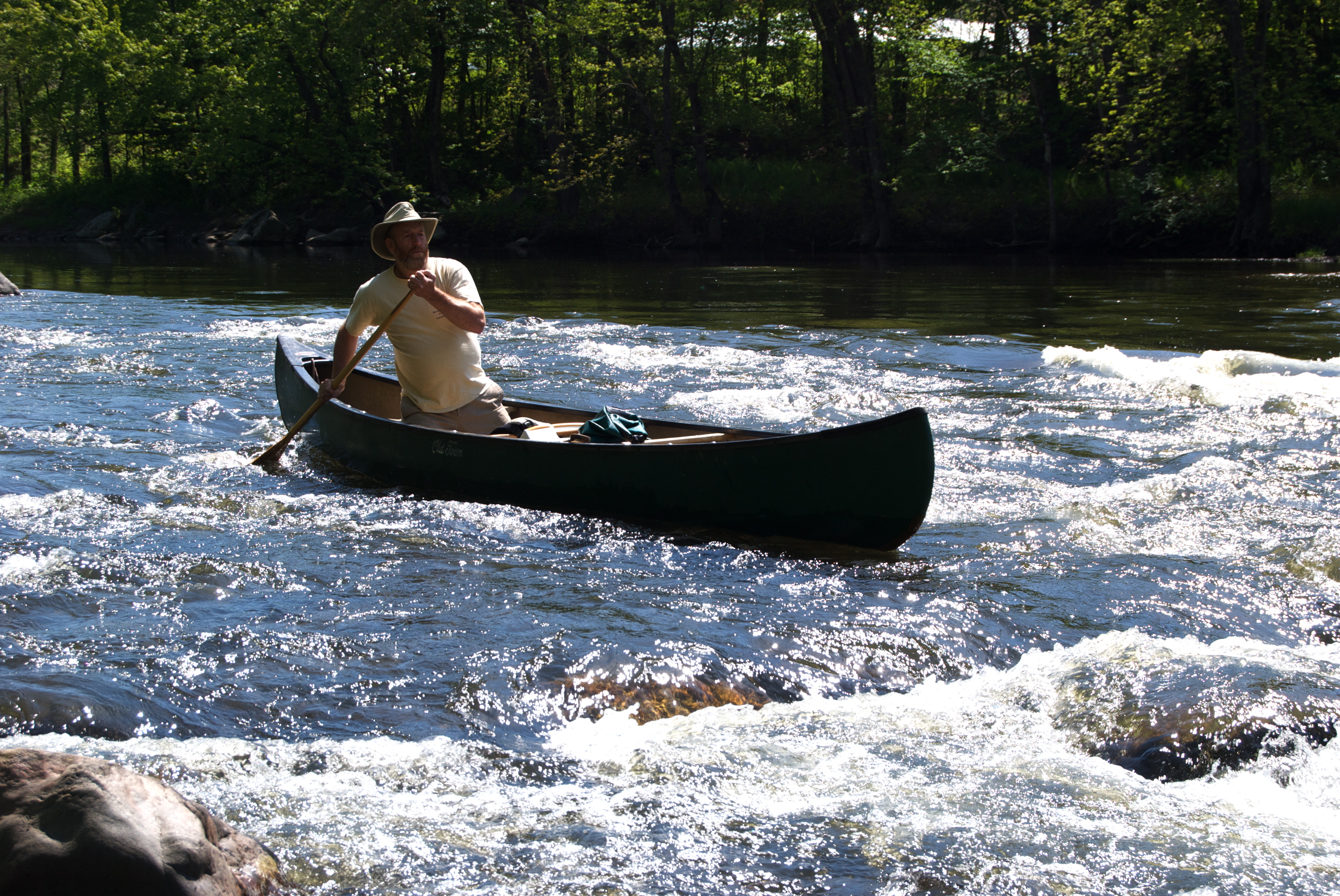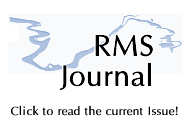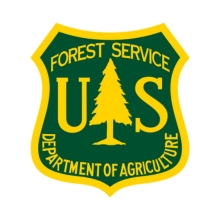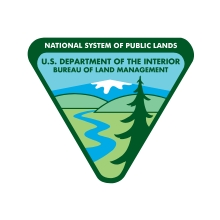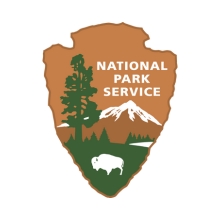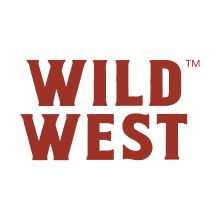- Home
- About
- Training & Events
- 2027 Symposium
- Resources
- For Members
 |
 |
 |
Welcome to the Partnership Wild and Scenic River (PWSR) Toolkit!"It is hereby declared to be the policy of the United States that certain selected rivers of the Nation which, with their immediate environments, possess outstandingly remarkable scenic, recreational, geologic, fish and wildlife, historic, cultural or other similar values, shall be preserved in free-flowing condition, and that they and their immediate environments shall be protected for the benefit and enjoyment of present and future generations." (Wild & Scenic Rivers Act, October 2, 1968)
Out of a desire to also protect a broader range of rivers in private ownership with a more community-based approach, some Wild and Scenic Rivers (WSRs) have been designated through the partnership model. These Partnership Wild and Scenic Rivers (PWSRs) are managed through locally-driven, collaborative planning between local, state and regional stakeholders, and the National Park Service (NPS). This approach is an effective alternative to federal administration that provides national river protection through a collaborative approach where communities protect their unique rivers and its resources. This Toolkit is designed to provide resources for those interested in Partnership Wild and Scenic Rivers at any stage of discovery.
Partnership Wild and Scenic Rivers. Though all are currently in the Eastern United States, any river in the Please find the full interactive map on rivers.gov. Out of a desire to also protect a broader range of rivers in private or shared ownership using a more community-based approach, Congress amended the Wild and Scenic Rivers Act, first in the late 1970s and again later, to limit federal land acquisition and mandate cooperative federal, state, and local planning conservation efforts. This history is captured in Volume 25, Number 2 (2008) of The George Wright Forum. These changes allowed the first Partnership Wild and Scenic Rivers (PWSRs) to be designated. Under the Partnership model, rivers are managed by locally-driven, collaborative planning between local, state and regional stakeholders and the National Park Service (NPS). This management approach to river conservation is an effective alternative to direct federal management and administration. Designation provides river protection under the WSR Act, anchored by federal protection for the water course itself and supported by limited federal funding. Read about the first 20 years of success of this management model. The Great Egg Harbor River (NJ, 129 miles, designated in 1992) was the first PWSR designated. This PWSR was designated for its outstanding resources which included threatened and endangered species; resting, breeding, and feeding areas for waterfowl; rich history; recreation and scenic vistas. More information may be found in the NPS WSR Storymap. |
